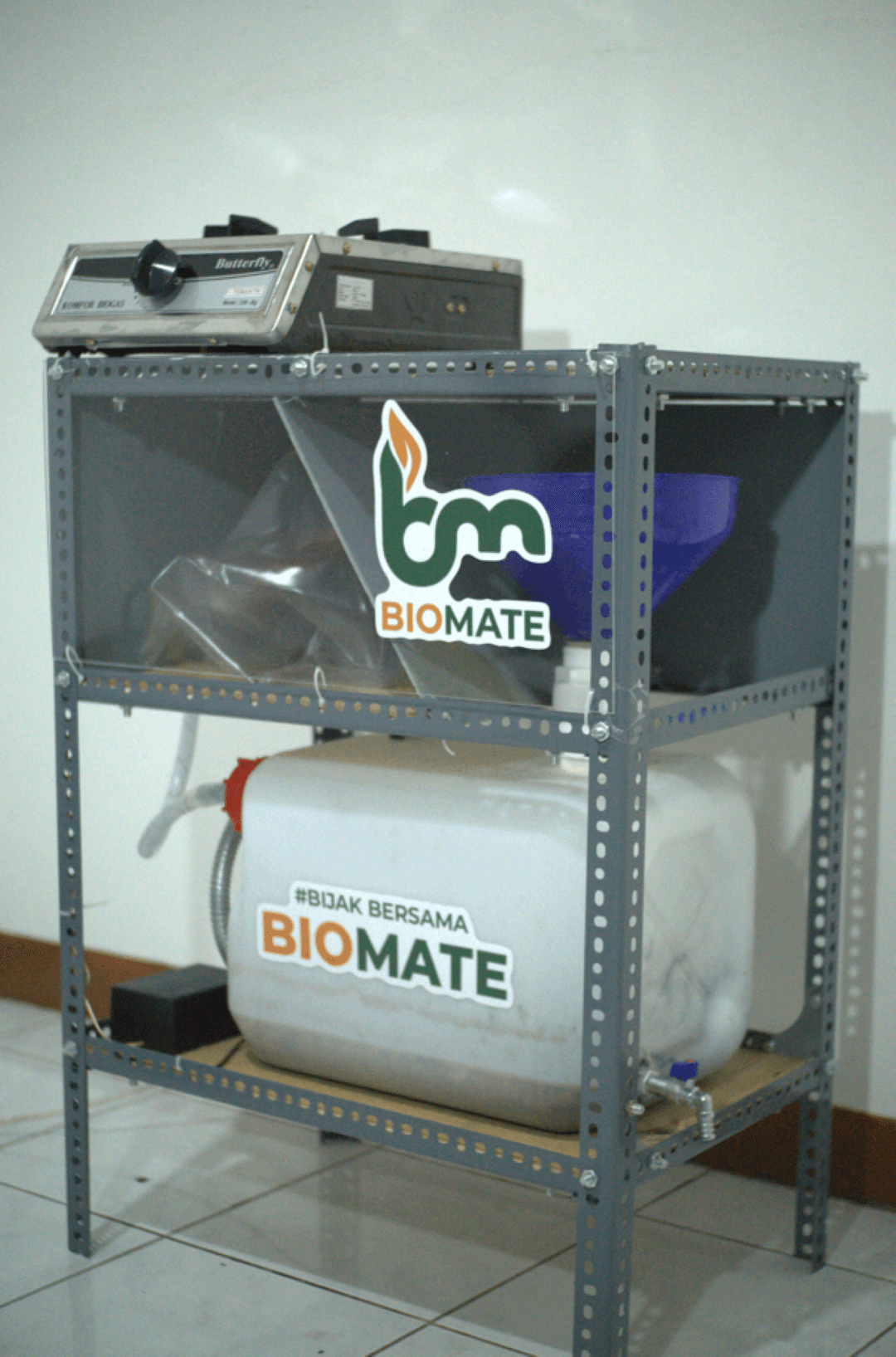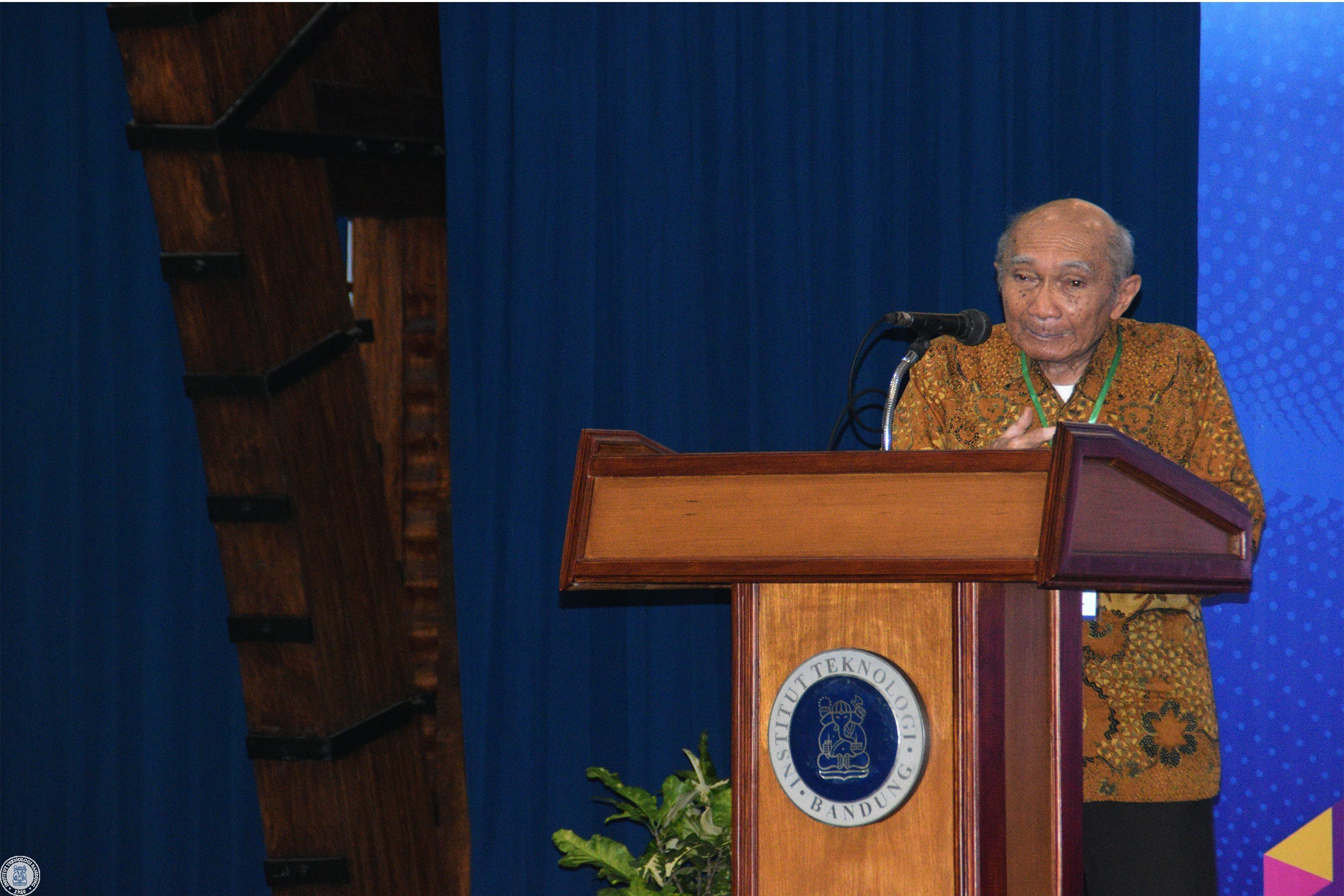The Story from Prof. Emir on Satellites and the Future of Life
By Adi Permana
Editor Adi Permana

BANDUNG, itb.ac.id – As an archipelagic country, Indonesia is often faced with questions about creating a comprehensive communication system. Among the various alternatives available—be it cable, sea, and so on—satellites are the only answer to the problems of commercial communications in Indonesia. Thus Prof. Ir. Emir Mauludi Husni, M.Sc., Ph.D., from the Computer Engineering Research Group, STEI ITB, presented his story in the Studium Generale KU-4078 course on Wednesday (25/8/2021).
Prof. Emir continued a satellite communication system for rural areas called a delay-tolerant network (DTN). This one device is indeed reliable in facilitating communication between the earth and the moon. To be precise, the emergence of the channel connecting the two triggered the interactive communication of remote places.
No wonder if communication in rural areas or other remote areas can run effectively. Moreover, this one device is not only beneficial for computer communication systems, and various sectors can also freely use this device.
One of the most widely used commercial satellites today is GEO. The rotation period is equivalent to that of the earth, making its height above its satellite. Several communication channels—such as Indosat or Telkomsel—are reported to have used this a lot.
Besides GEO, there is also another commercial satellite called low earth orbit (LEO). In terms of speed, LEO communication is far superior to GEO. This is due to the longer GEO communication delay, so the internet works faster when using LEO.
It doesn't stop there; DTN can help predict traffic flow based on artificial intelligence. The motor will no longer pass in the opposite direction with DTN and be monitored adequately with an integrated communication system. Traffic will remain safe.
"Human future is outer space," said Prof. Emir, indicating that exploration into outer space will provide economic benefits for the nation.
Reporter: Zahra Annisa Fitri (Region and City Planning, 2019)
Translator: Billy A. Prabowo

.jpg)
.jpg)
.jpg)
.jpg)
.jpg)



